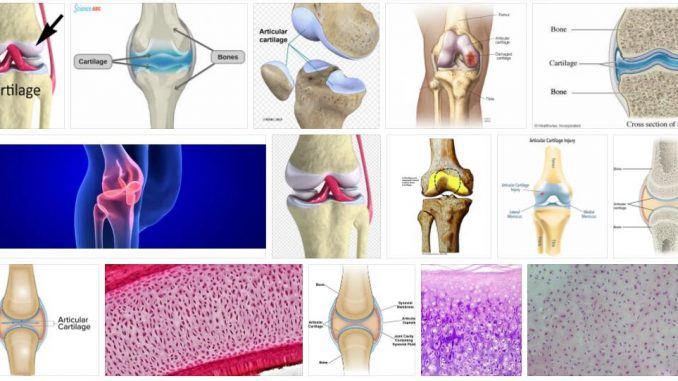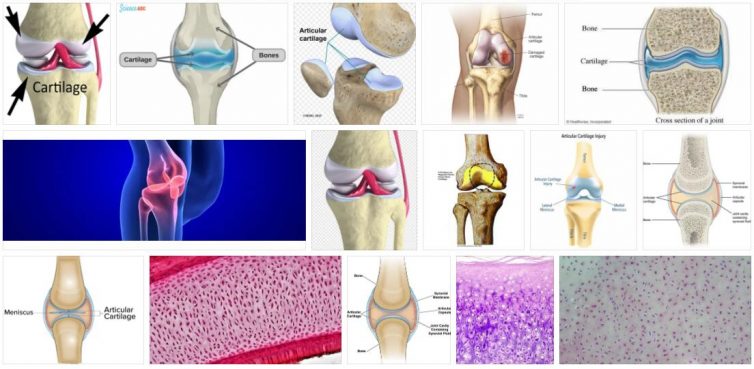
Originating from the Latin word cartilāgo, the term cartilage makes it possible to identify a skeletal tissue with flexible characteristics that is made up of groups of chondrogenic cells nucleated in a collagen matrix. Vertebrates and some that lack vertebrae are living things that have cartilage in their bodies.
Cartilage, according to theory, can be described as a specialized connective-type tissue that is devoid of nerves, blood vessels, and lymphatic vessels. These tissues allow the joints to move, protect the endings of the bones and act as support against eventual blows.
The practice of physical exercise is one of the factors that are considered most important when it comes to being not only in a formidable state of health but also in terms of being able to achieve a perfect state of the joints, fundamental in our vital development.
In this sense, it is recommended to follow a series of tips when practicing any sport and avoid that those, and therefore cartilage, can be seriously affected. Among the recommendations would be to avoid energy drinks during physical activity because what they do is promote dehydration or not exercise to lose weight as damage to the joints can be accelerated.
It is possible to distinguish between three classes of cartilage tissue: the so-called hyaline cartilage, the fibrous cartilage, and the elastic cartilage.
The first of those mentioned is the most frequent, and can be observed in the nasal structure, the trachea, the larynx, the bronchi, the ribs and the bone joint tips. With a bluish-white appearance, it is nourished by synovial fluid and has few fibers. This type of cartilage can be divided into non-articular hyaline cartilage and articular hyaline cartilage.
Fibrous cartilage (also known as fibrocartilage), for its part, appears as a combination that oscillates between dense connective tissue and the aforementioned hyaline cartilage. It is located in the discs located between the vertebrae, the edges of the joints, the discs of the joint group, the menisci, and in the spaces where the tendons and ligaments are located.
The elastic cartilage, finally, is in the larynx, Eustachian tube and the outer ear. It has a greater flexibility compared to hyaline cartilage and has a yellowish hue.
Among the pathologies that can affect cartilage, one cannot fail to mention relapsing polychondritis. It is a disease of rare inflammatory nature that can destroy the affected tissues.
Also, osteoarthritis should not be overlooked, which, as its name suggests, is the most common face of arthritis. A decrease in the movement of the joints, pain and inflammation are the three clearest symptoms and consequences of this pathology that brings with it the degradation of cartilage.
An injury, being overweight or aging are three of the most common causes that can lead a person to suffer from this ailment. In the event that this is the case, the treatment can be very varied and include a wide series of actions such as surgical intervention, rest, physical activity, alternative therapies to reduce the pain experienced or control the patient’s weight..
Costochondritis, osteoarthritis, herniated disc or detachment are other diseases that can affect cartilage.
